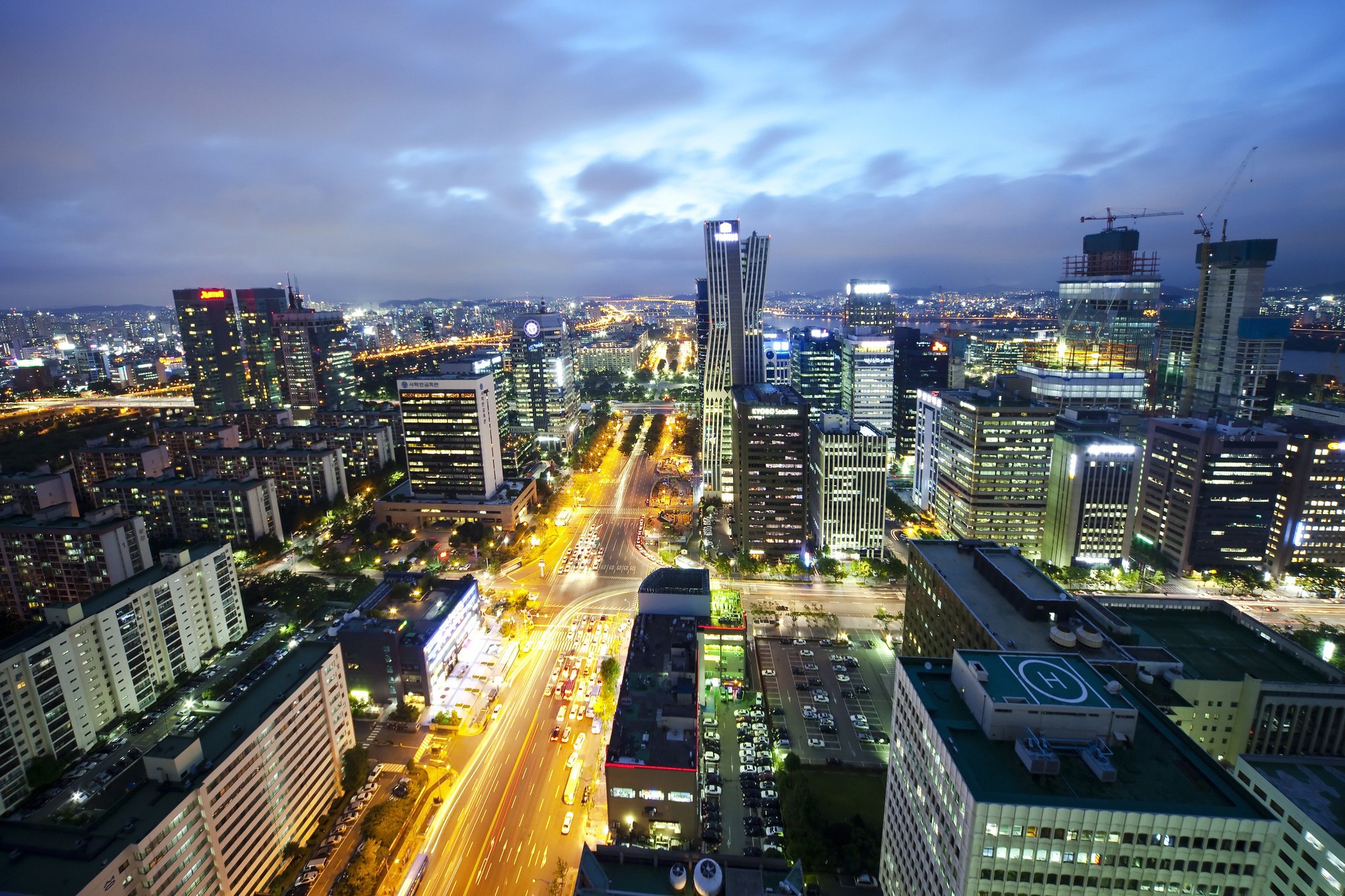TOCOM Energy
JPX Energy Market Updates(Jan.4, 2022)
Welcome back to JPX energy market updates.
Benchmark crude oil prices edged higher on the last trading day of 2022, with JPX Dubai and ICE Brent hovering around the highest level in two weeks and catching up with a rally in commodity prices spurred by China’s move to reopen its borders, further unwinding its COVID controls.
Intermonth spreads of major crude oil benchmarks however, has shown some divergence with ICE Brent M1/M3 spread rallied to recent highs while JPX Dubai and NYMEX WTI shown some weakness, risk of market corrections remains recently.
Spikes in China’s COVID cases once weighed on market sentiment, the epidemic has caused a sizeable impact on the supply and demand for manufacturing companies, reduced employee attendance, and disrupted logistics. According to data released by the NBS, China’s official PMI fell to 47 from November’s 48, missing expectations.
But according to our observation and local survey reports, with the number of infections rapidly reaching a peak level and as people recovering from illness, mobility is rebounding faster than previously expected, this could be observed from the indicator of subway passenger volume as well as traffic congestion index of major cities in China. This is offering hopeful signs for the broader recovery of social and economic activity.
What’s more, China has finally decided to remove some of its most stringent travel restriction measures, starting from January 8, 2023, among other changes, China will no longer conduct nucleic acid tests and centralized quarantine for all inbound travelers, and measures to control the number of international passenger flights will be lifted.
There have been signs of upwards moves in the products markets as well, with middle distillate cracks responding positively to the news. Jet demand has proven particularly resilient, with the spread of kerosene and 10ppm diesel at its highest since 2019. The IEA expects global use of jet-kerosine to increase by 13pc next year, outpacing demand growth for any other refined oil product.
On the supply side, possible disruptions to Russian exports was also lending support for oil markets. Based on an analysis of data from Kepler, in the first three full weeks of December, Russia exported approximately 50mn barrels of its own crude via the sea, compared with 67mn barrels in the same period in November.
The news that Russia will ban oil sales to buyers complying with the G7 price cap, on the other hand, had little effect on prices, largely because Russia’s response was anything but surprising and as such most likely factored in by the market.
All eyes will be on Feb 5 as EU embargo on Russian petroleum products and price cap comes into effect. Europe relies heavily on Russia for diesel and the supply gap caused by the halt of Russian imports will be significant.
Redirecting oil products will be more difficult since China and India also export petroleum products, these volumes will probably need to be diverted to smaller markets in Africa and Latin America.
Russia says it may increase its crude oil exports if the European Union ban on imports of the nation’s fuel results in lower refinery throughput.
What’s more, the Preliminary Guidance on Implementation of the Price Cap Policy for Petroleum Products of Russian released by the US last week grant exemption for Russian petroleum products from the price cap once Russia crude oil are substantially transformed outside the Russian Federation.
As the oil product embargo comes into effect, Russia is likely to export more crude oil to Asia, while Europe is likely to import more oil products from Asia. The competition for non-Russian diesel barrels will be fierce, with EU countries having to bid cargoes from the US and Asia away from their traditional buyers. If this results in European diesel prices increasing at a faster pace than jet fuel values, it will incentivize local refiners to maximize diesel yields at the expense of jet fuel. Firm margins from middle distillate will support global refinery runs.
With Europe becoming more reliant on middle distillate imports from markets east of Suez, another factor that could weigh on supply in the region next year is the cost of freight.
18 Russian crude oil cargoes have been loaded onto western-insured tankers since the price cap started on December 5, representing around a quarter of the 63 vessels carrying Russian crude between then and December 25.
The Financial Times report states that despite the price-cap mechanism allowing western companies to continue to underwrite such cargos, it has become harder for shippers to get some types of insurance. Global protection and indemnity insurers issued amendments on December 23 for certain policies, including charterers’ liability cover, excluding losses coming from the conflict “or any expansion” of it.
Since Russia’s invasion of Ukraine in February 2022, the geopolitical uncertainty has driven up insurance premiums, buoying clean tanker rates towards record highs for the majority of global routes.






